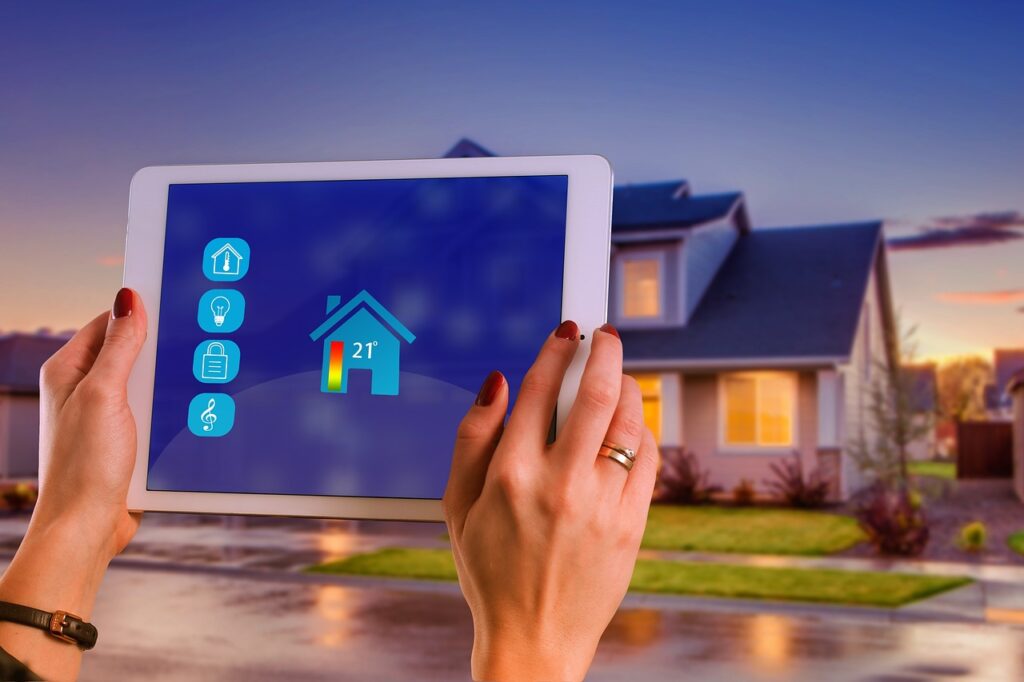The demand for affordable housing continues to grow as populations expand and economic conditions fluctuate. Traditional construction methods, while effective, often struggle to keep up with the increasing need for cost-effective and sustainable housing solutions. However, advancements in construction technology are reshaping the way affordable homes are built. From 3D printing to modular construction, innovative building techniques are reducing costs, increasing efficiency, and making housing more accessible for individuals and families in need.
The Role of Technology in Affordable Housing
Affordable housing developments must balance cost-effectiveness, speed, and sustainability while meeting regulatory safety standards and accessibility requirements. Traditional construction, relying on manual labor and standard building materials, is often expensive and time-consuming. Technological advancements in the housing sector address these issues by streamlining processes, reducing waste, and improving efficiency in material use.
Emerging construction technologies provide scalable and adaptable solutions for affordable housing projects. These innovations allow for the rapid creation of durable, high-quality homes while maintaining affordability. By leveraging automation, pre-manufactured materials, and smart design principles, housing developments can become more efficient and accessible for lower-income households.
3D Printing: Redefining Home Construction
One of the most promising breakthroughs in affordable housing is 3D printing. This technology involves layering concrete, composite materials, or other construction-grade substances to build homes with minimal waste. Unlike traditional construction, which relies heavily on skilled labor and multiple material sources, 3D printing simplifies the building process and reduces labor costs.
Key benefits of 3D-printed housing include:
- Faster construction times – 3D-printed homes can be built in a matter of days rather than weeks or months.
- Lower material waste – The precision of 3D printing reduces excess material use, leading to cost savings.
- Sustainability – Many 3D-printed homes utilize eco-friendly materials that lower environmental impact.
- Design flexibility – The technology allows for customized and efficient floor plans optimized for energy use and comfort.
These advantages make 3D printing an ideal candidate for large-scale affordable housing initiatives. It not only makes construction more efficient but also ensures that high-quality homes are delivered to residents in need.
Modular Housing: An Efficient Approach to Homebuilding
Another technological innovation transforming affordable housing is modular construction. Unlike traditional on-site construction, modular homes are built in factory settings, then transported to their final location for assembly. This method significantly reduces construction timelines and lowers costs.
The benefits of modular housing for affordable home projects include:
- Speed and efficiency – Since homes are built in controlled environments, construction is not delayed by weather or logistical challenges.
- Cost-effectiveness – Bulk production of housing components leads to lower costs per unit.
- Consistent quality – Factory-built homes adhere to strict quality control standards, ensuring durable and energy-efficient construction.
- Reduced environmental impact – Modular construction produces less waste and allows for better resource management.
Modular housing solutions are particularly useful for projects requiring rapid expansion, such as housing for low-income communities or disaster relief efforts. The ability to construct homes quickly and efficiently helps address housing shortages and provides residents with secure, well-built living spaces.
Automation and AI in Housing Development
Beyond construction techniques, automation and artificial intelligence (AI) are enhancing the efficiency of affordable housing projects. AI-driven design tools allow architects and engineers to optimize space utilization, reduce costs, and create more energy-efficient homes.
Automation is also improving construction site operations by utilizing robotic labor for repetitive tasks, reducing reliance on human workers for manual labor-intensive processes. This helps lower overall labor costs and ensures consistent quality in housing development.
AI’s role in affordable housing also extends to smart urban planning. By analyzing population trends and economic data, AI can help determine the best locations for new housing projects, ensuring they are built where they are most needed. Additionally, AI-driven maintenance and monitoring systems help reduce long-term costs by detecting structural issues before they become major problems.
Sustainable and Smart Housing for Long-Term Affordability
While affordability is the primary goal of these housing advancements, sustainability is equally important. Smart home technology and eco-friendly materials contribute to long-term affordability by reducing utility costs and minimizing environmental impact.
- Smart energy systems – Energy-efficient heating, cooling, and lighting reduce electricity costs for residents.
- Water conservation technologies – Low-flow fixtures and smart irrigation systems minimize water waste.
- Solar integration – Rooftop solar panels provide renewable energy, decreasing dependency on traditional power grids.
- Recyclable and durable materials – The use of sustainable materials reduces long-term maintenance costs.
By incorporating smart and sustainable elements, affordable housing projects can ensure that residents benefit from lower living expenses while contributing to a greener environment.
The Future of Affordable Housing Through Innovation
As technological advancements continue to evolve, the landscape of affordable housing is set to improve further. Future developments may include self-sustaining micro-communities, fully automated building processes, and integrated AI-driven housing management systems. These innovations will not only reduce costs but also enhance the overall quality of life for residents.
By embracing technology-driven solutions, housing developers can make homeownership and rental options more accessible to those in need. Whether through 3D printing, modular construction, or smart technology integration, the future of affordable housing looks promising with the continued adoption of these advancements.
Navigating the Future of Affordable Housing
Technology is playing a crucial role in making affordable housing more accessible, cost-effective, and sustainable. By leveraging 3D printing, modular construction, automation, and smart home innovations, the housing industry is breaking traditional barriers and offering innovative solutions to address the global housing crisis. As these technologies become more widespread, they have the potential to revolutionize housing accessibility and ensure that more individuals and families have a place to call home.


